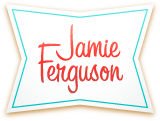In character
I’m in week 2 of a class on character development, so it’s not surprising that I’ve been spending a lot of time thinking about what makes characters interesting. I tend to write – and read – very character-focused stories, so making my characters feel vivid to my readers is very important to me. Our first…
